
An old and beat up Walther PPK/S (left) restored into a functional (and beautiful) carry gun. Should the well-worn Colt 1903 (right) be given the same treatment?
I’m a purist. Sometimes.
I tend to think you should generally leave historical specimen guns alone. For example, I’ve got a Japanese Type 99 Arisaka that’s in great condition. It’s missing that jangly monopod, but probably because the soldier who cared for it tossed it in the Okinawa surf in a fit of frustration. I don’t plan on doing a thing to it other than regular cleaning. I shoot it, of course, because that’s what it’s made for. But you won’t find me sanding and refinishing the stocks or thinking about re-coating the metal. And I have no intentions of mounting an Aimpoint Micro on it, even if I had the 3x magnifier to go with it.
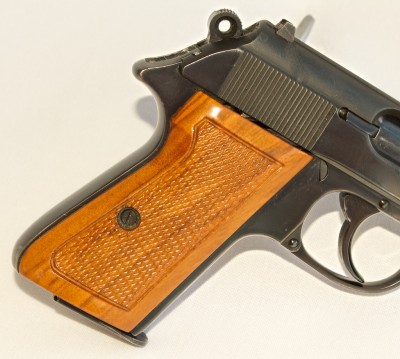
The Walther’s top strap is “anti-glared” and the wood grips are glass bedded to perfectly fit the frame.
Sometimes, the decision over whether to “restore” or “refinish” an old gun is easy.
Some years back, before I knew better, I bought a Walther PPK/S from a gun auction site. The ad description was a little light and the photo seemed to show a stainless steel model that needed grip panels and a few miscellaneous parts. And the price was right. A home gunsmith special! No worries, I could take care of that! After all, I owned a Dremel tool, plenty of duct tape and at least two and a half cans of WD-40. So I bought it. The gun arrived, and it turned out to be a blued Interarms import that appeared to have traveled at Warp Factor 12 through an asteroid belt. Pits, dents, explosion craters – the works.
[color-box]This gun had apparently survived three wars and and two episodes of Real Housewives of East Liverpool, Ohio.[/color-box]
I acquired some new grips and assorted missing parts and took it to the range for a test shoot. Reliability was excellent. It could shoot almost two rounds without jamming. Not bad, but I felt there was room for improvement. And that’s when the Dremel tool came out. I figured that I could polish up the feed ramp and turn that pistol from a Frankenstein into a Franken-Fine!
That plan worked out so well that I waited almost twenty four hours before calling the gurus at Cylinder and Slide for help. Among many other things, they specialize in making Walthers sing classic opera tunes.
As you might surmise, this was one of those situations where you deliver a bag of parts to a professional along with a lame explanation. “Boy, the idiot I bought this from sure messed this thing up. Look at the Dremel tool marks on the feed ramp!” Fortunately the gunsmiths at Cylinder and Slide are also trained psychologists and they know when to nod their head and agree.
To make a long story short, I had them do more restoration on that Walther than Joan Rivers face. And it turned out to be stunning. With this gun, there was no intention to “restore” it to original condition. The work was done with the sole purpose of transforming it into a masterpiece carry gun. The trigger is now radiused, meaning beautifully rounded. The top strap is etched to reduce glare. The rounded portions of the top of the slide are matte-finshed, again to reduce glare. The feed ramp is shaped and polished so this gun will eat any combination of .380 ACP ammunition stuffed into its gullet. The wood grips are not just installed, but glass bedded. And of course, the whole gun is polished smooth and re-blued. It’s gorgeous and shoots like a dream. We won’t talk about the total cost of this little project.
The decision to renovate the Walther was an easy one. Interarms imported PPK/S pistols are not particularly rare or historic. This particular gun was an absolute mess and practically un-shootable. And it was butt ugly.
But all restoration decisions are not that easy. Right now, I’m having a dickens of a time deciding whether to do anything with a Colt 1903 Pocket Hammerless.


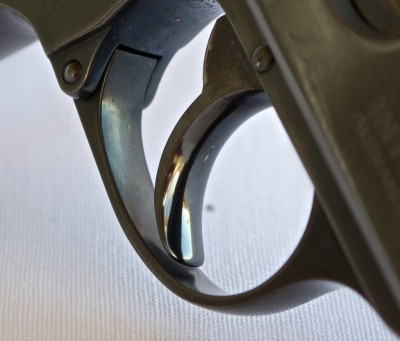
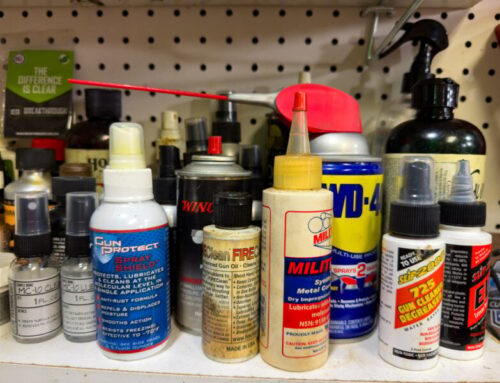
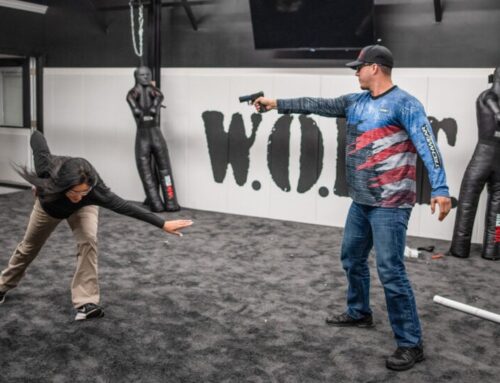
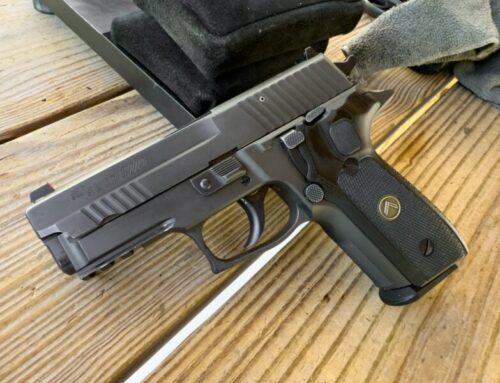
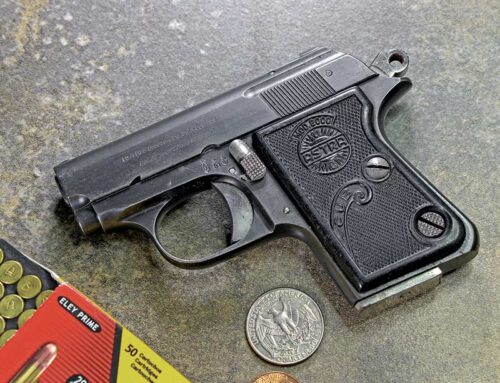
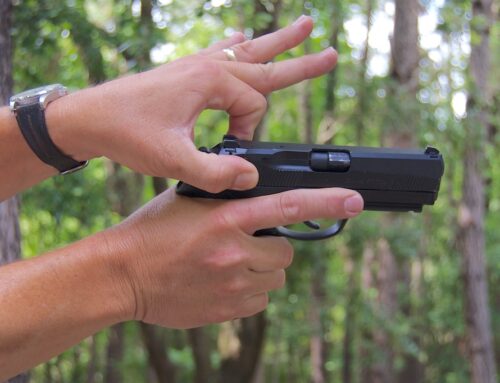

I have a HK P7 police trade in I got several years ago. It has wear on the grips and the front of the barrel looks like it was dropped along with finish wear but it shoots like a dream and is one from my bucket list. I just wish she were a little prettier.